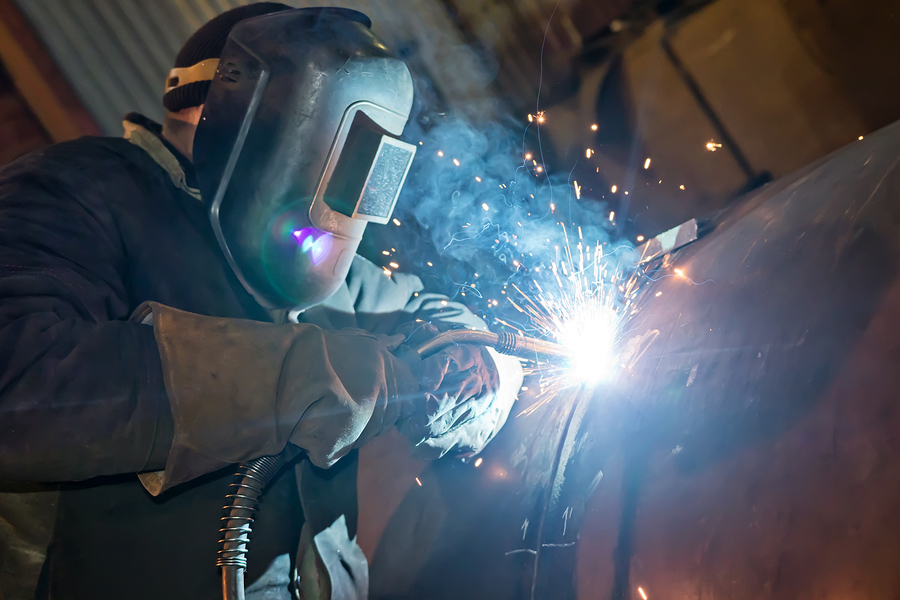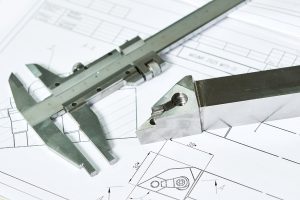 Technology has had an immense impact on the manufacturing industry. New systems can cut, process, and assemble standard parts, eliminating miscut or malalignment risks. On the other hand, technology has not been able to overcome the challenges the trial-and-error nature of custom work and otherwise standard process changes pose. Seasonal demand peaks can often cause delays — as high demand overwhelms materials and system supplies — but, even in the offseason, human error can be a challenging obstacle to timely custom-made product delivery. Fabricators and production machines can only proceed when they have accurate specifications with which to work.
Technology has had an immense impact on the manufacturing industry. New systems can cut, process, and assemble standard parts, eliminating miscut or malalignment risks. On the other hand, technology has not been able to overcome the challenges the trial-and-error nature of custom work and otherwise standard process changes pose. Seasonal demand peaks can often cause delays — as high demand overwhelms materials and system supplies — but, even in the offseason, human error can be a challenging obstacle to timely custom-made product delivery. Fabricators and production machines can only proceed when they have accurate specifications with which to work.
Miscalculations by ordinary people continue to impede even the most advanced technological progress. Many manufacturing industry insiders report they’ve experienced delivery delays because their customers misunderstood the timelines involved or hadn’t provided sufficient specifications to assure manufacturing accuracy. In other cases, even when the fabricators manufactured products accurately, customers’ specifications didn’t actually achieve their goals.
Customer contributions are invaluable
If you’re expecting accurate custom system or parts production, be sure to go over these details with your manufacturer to avoid delayed delivery:
- Clarify the fabricator’s understanding of the nature of your jobs. As they review your project plans, professional fabricators also take the other projects they have in the works into consideration as well as their on-hand supplies and materials. Often, establishing “timeliness” is a collaboration.
- Indicate whether you’re expecting to see a prototype or preview before final production begins and if you need installation services once production ends. Often, these precursors are invaluable steps to perfecting final products. They may add to the overall timeline, but turnaround times are likely to be more accurate when you include testing and installation.
- Paint as complete a picture as possible about what you need. It’s helpful for fabricators to understand future piece purposes, including how they’ll fit within your larger systems; what you’ll connect to them; and where you’ll need them. Sometimes, temperature and environment can be concerns. Other times, hygienic concerns are significant. Proper fabrication depends on how the pieces will eventually function.
- Be available as production begins and when your fabricators require additional information or seek clarification. You may need more time to gather data from internal stakeholders, so keep that in mind when establishing approval deadlines.
 Custom fabrication end results are not only dependent on knowledge as well as on company and designer ability but also rely heavily on customer input. Prepare on your end and be clear about your feedback and communication needs throughout the process to assure your custom products meet specifications and your fabricators deliver them on time.
Custom fabrication end results are not only dependent on knowledge as well as on company and designer ability but also rely heavily on customer input. Prepare on your end and be clear about your feedback and communication needs throughout the process to assure your custom products meet specifications and your fabricators deliver them on time.
